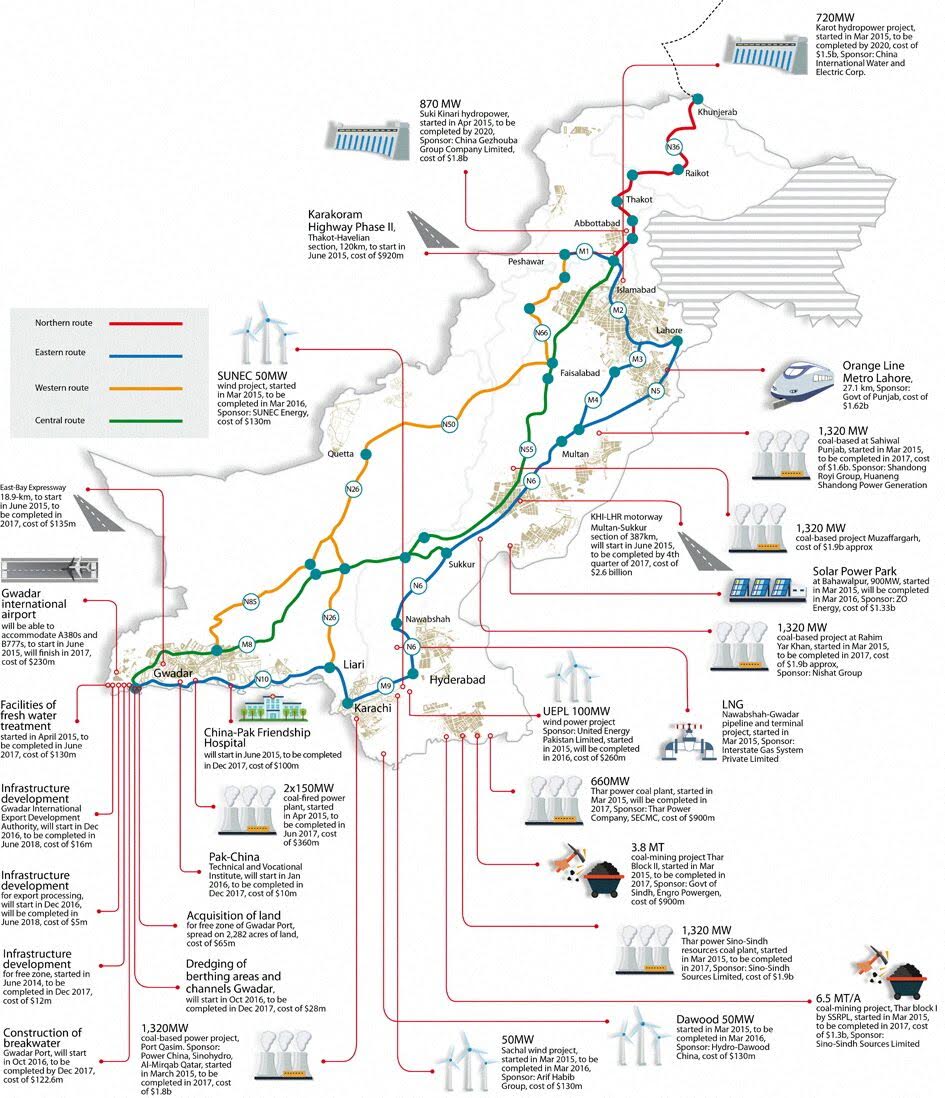The China-Pakistan Economic Corridor (CPEC) is making steady progress, and its scope will be further enhanced in the second phase, the chairman of the CPEC Authority in Pakistan said.
The industrial development, agriculture, food security, science and technology, and tourism will be the major sectors in the second phase of the multi-billion-dollar project, Chairman Asim Saleem Bajwa said in a tweet on Wednesday.
Many projects focusing on infrastructure and energy sectors in the first phase of CPEC have been completed and are already operational, and work on the second phase is underway.
Talking to Xinhua, Vaqar Ahmed, joint executive director at the Sustainable Development Policy Institute, an Islamabad-based think tank, said the foreign direct investment by Chinese companies in the special economic zones under CPEC, is expected to be the major contributor to the uplift of Pakistan's economy in the post COVID-19 scenario.
The process of formation of joint ventures between the private sectors of the both countries has already been initiated, and will get a further boost when things got back to normal after the disease is defeated.


You need to be a member of PakAlumni Worldwide: The Global Social Network to add comments!
Join PakAlumni Worldwide: The Global Social Network